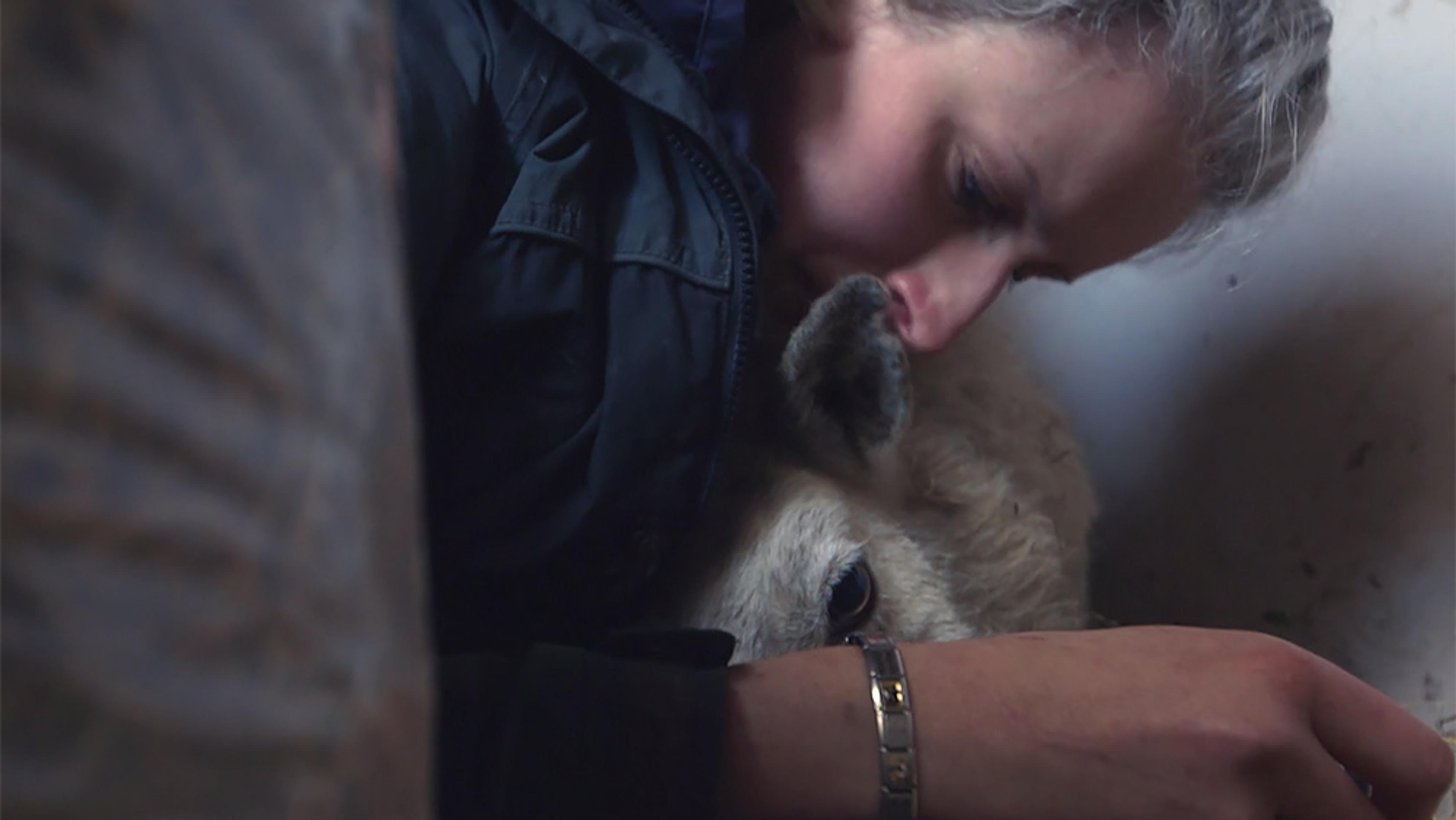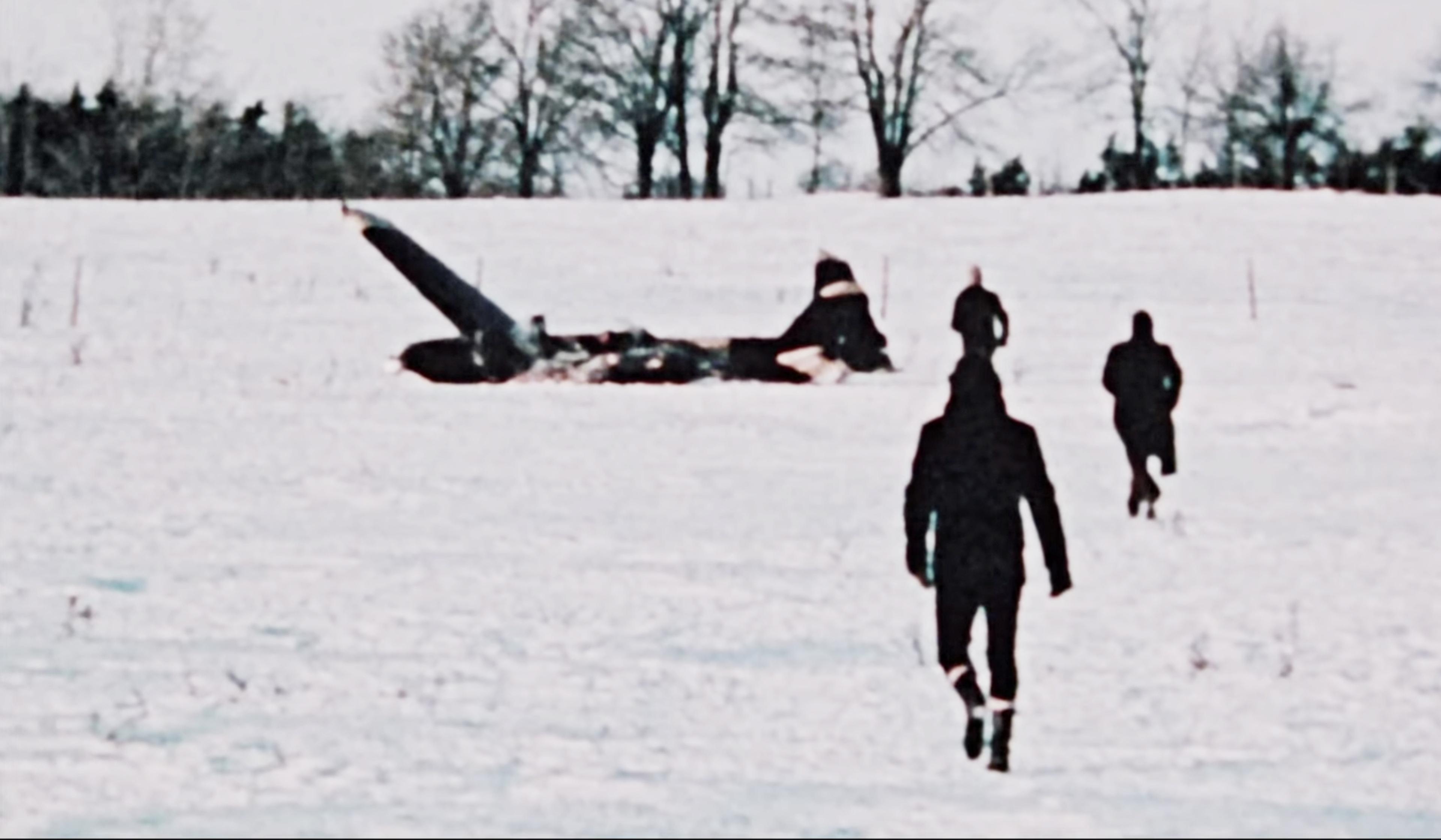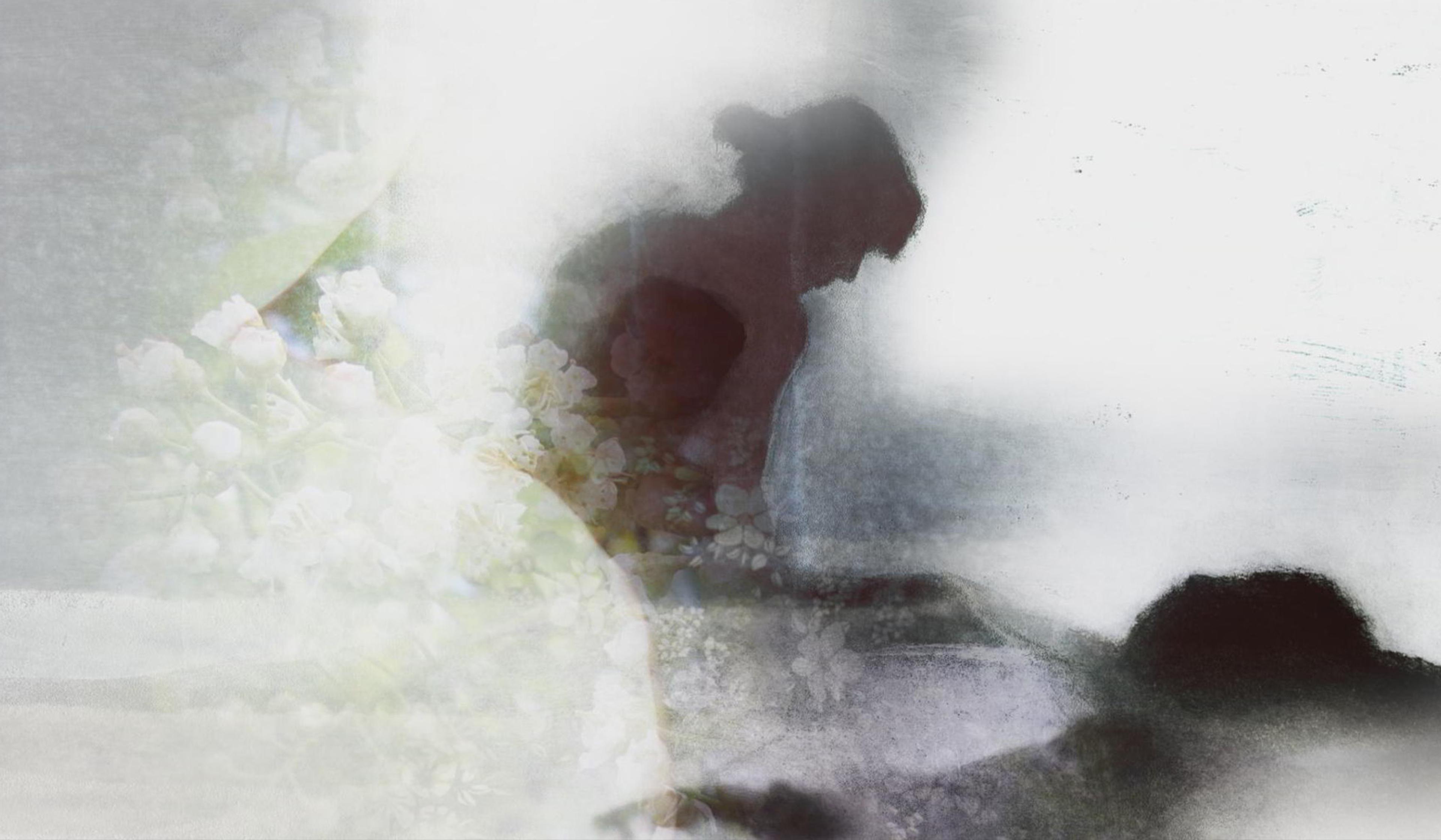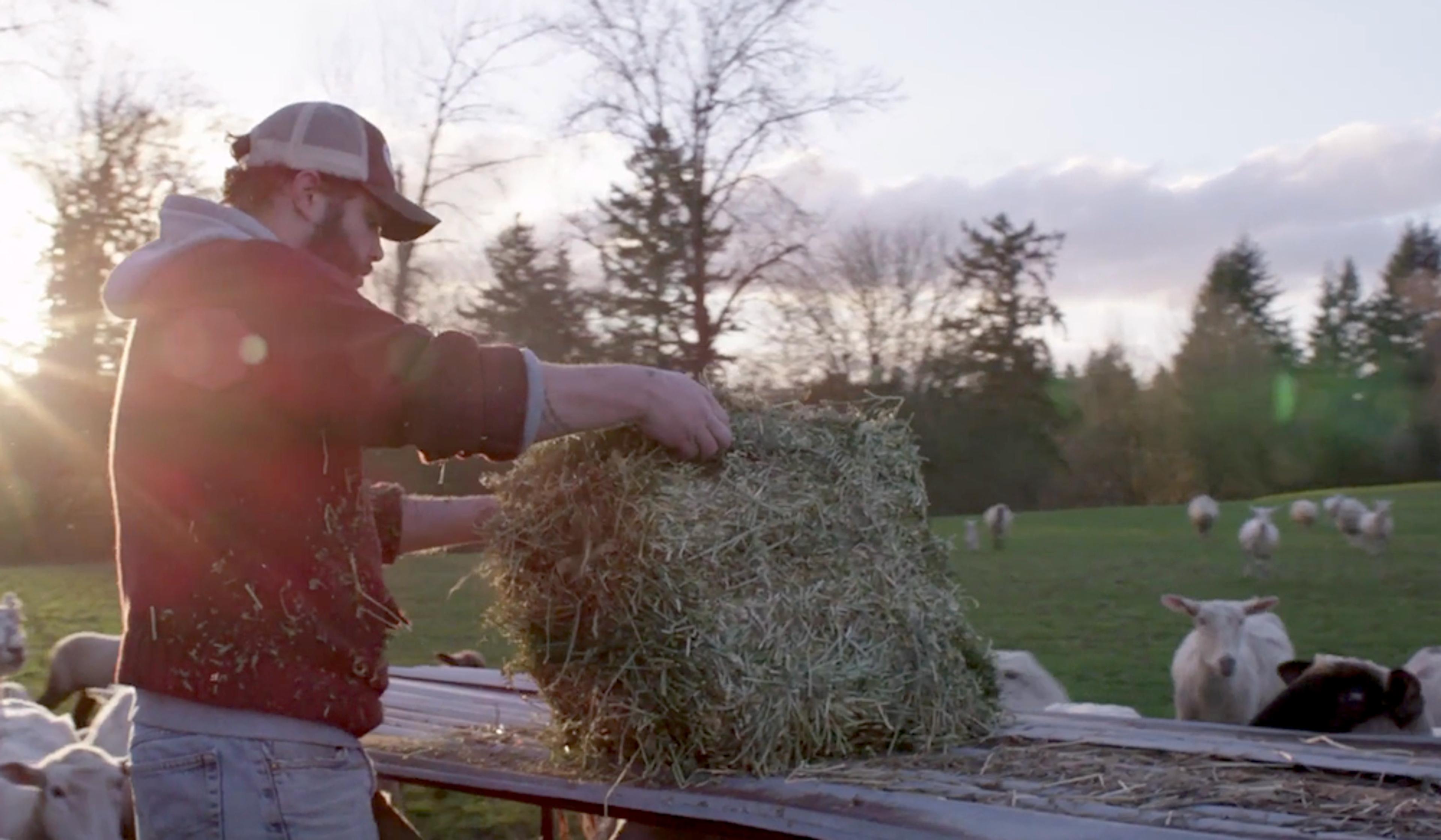‘There are many ways of being wounded, yet many ways of being cured.’
The documentary The Lady and the Owl (1975) highlights the work of Kay and Larry McKeever, a retired Canadian couple who dedicated themselves to caring for orphaned, injured and starving owls. From their home in Ontario, they could provide safe haven for up to 100 owls at once, serving creatures of varying sizes and needs. At first glance, one might mistake the couple’s commitment as a form of obsession with their avian brood. However, the Canadian director William Canning’s gentle film shows that deep knowledge and understanding underpin their humane care, right up to the bittersweet moment when an owl is well enough for release back into the wild. While the McKeevers are no longer living (Larry died in 2002; Kay in 2019), their passion endures in the Owl Foundation, a nonprofit sanctuary and rehabilitation centre that they established the same year as the film’s release.








